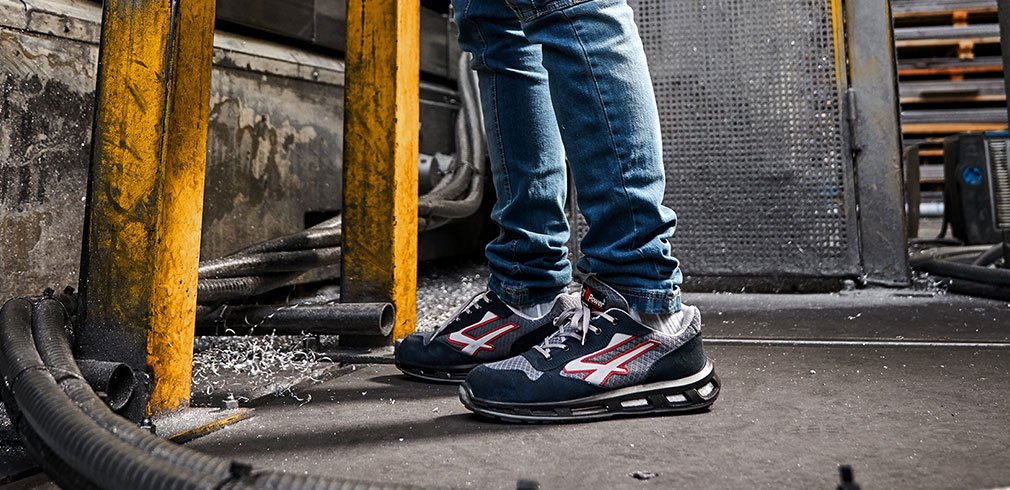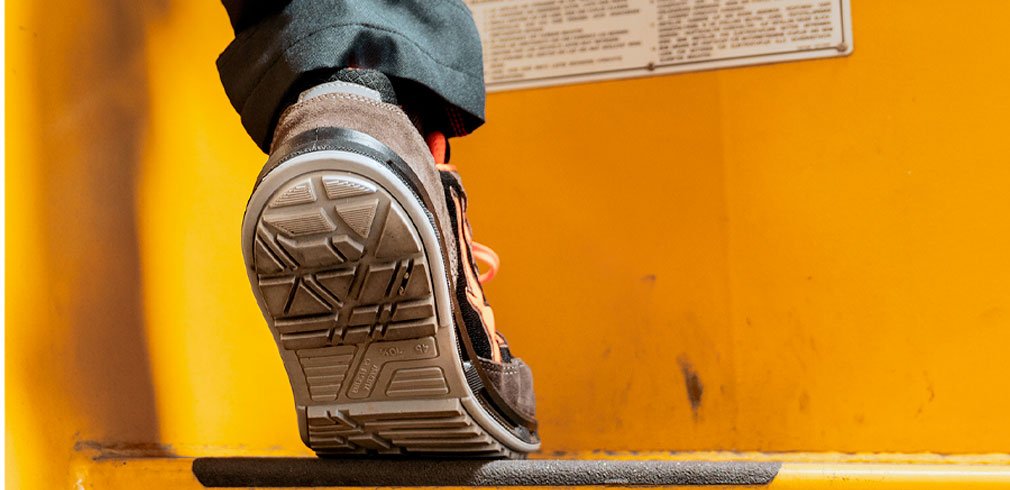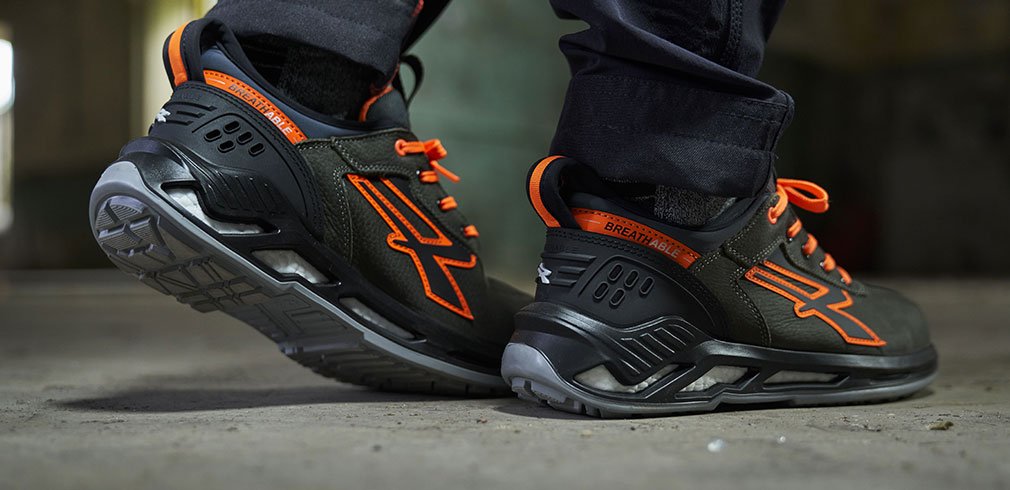Despite the know-how of brands specializing in the design of safety shoes, many professionals are concerned, at one time or another, by the problems of sore feet. This results in discomfort which can quickly turn into occasional or long-term suffering which can sometimes become disabling. In order to help you understand the causes of these ailments up to date and especially to understand how to solve them, we will detail here the good practices to adopt when wearing safety shoes. This article is based on the report delivered by JLF Pro, as part of the research carried out around the foot protection in the workplace. We hope to draw your attention to the importance of preventing sore feet at work.
Foot comfort = shoes + socks + adapted soles
If the foot is at the basis of our locomotion, this is because it has a direct impact on the proper functioning of our whole body. In other words, a simple foot pain can have direct repercussions on our articulations and lead for example musculoskeletal problems (MSD) in the back or limbs. Our muscles, tendons, nerves and ligaments are then directly affected. As part of a professional activity involving the daily wearing of safety shoes, the risk of pain is increased. Not less than 10% of declared disabling injuries are due to sprains, punctures, crushes or lacerations, while 15% are caused by slips or falls. The rest of the occupational injuries to the feet result in calluses, ingrown toenails, or even Plantar Fasciitis (pain going from the heel to the base of the toes). Are directly implicated: the imposed position in the workplace, the trampling, a overweight, from Difficult conditions or simply unsuitable shoes. It should also be borne in mind that a safety shoe can only be effective by also taking into account the soles and socks that accompany it.

Causes of foot pain
Trapped inside the shoe, the foot no longer has the possibility of to breathe nor to free himself from the position in which he is constrained. This can lead to the appearance of yeast infection orampoules which then becomes difficult to get rid of. Simple discomfort can arise when one forgets to take into account one of the following elements: morphology of the foot, the posture adopted at work, the nature ofenvironment, and especially the bad practices users. The JLF Pro study notes that 80% of professionals wear shoes that are too big. It emphasizes the importance of a correct lacing and a good support of the foot. Other causes may appear when the shoe does not have an appropriate level of protection against cold or that it does not dispel thehumidity. A sweating foot may more easily be subject to the appearance of yeast infections which present in the form of redness in the sometimes painful toes.

Good practices to adopt
If the reflex of most professionals affected by foot pain is to rush for a new pair of safety shoes, all you have to do is choose the right combination of socks and soles. These are the ones you need to think about renew over the seasons depending on whether your foot needs to breathe or to be kept warm. Even if these accessories are not considered to be PPE, their importance is too often overlooked when it is paramount.
When the temperatures drop, choose wool socks over cotton socks which have the disadvantage of absorbing moisture, which accentuates the feeling of cold. By equipping yourself with wool and terry socks, you will benefit from a natural thermal insulator and hydrophobe, at fast drying. There are also wool soles with aluminized film for an increased warm feeling. What to keep everything away risk of angels, even if you are working in low temperature environments where simple furry boots are not enough.
If your foot pain is directly related to your position at work, for example a prolonged standing or some trampling, it can affect your whole body and cause back problems in particular. Too many trips will also cause pain, even musculoskeletal problems (TMS) which are the main cause of work stoppages. You can remedy this by adopting anatomical soles ensuring the maintenance of the foot and the support of the arch, while absorbing shocks and vibrations. By associating anatomical and breathable soles to socks based on Coolmax which reduce humidity, you will limit the risk of overheating of the foot and the growth of bacteria responsible for yeast infection. A disinfectant deodorant spray is also recommended to avoid this kind of inconvenience which can cause itching.

Finally, the port of shoes too big and one bad lacing are enough to cause pain in the feet related to a lack of stability, or even tendonitis. To make sure that your heel does not take off and that your foot does not slip forward, it is advisable to use a foot scale to regularly check your size. Leave a margin of 5 to 10 mm and go for the larger size if you find yourself in between. You should always be able to run a finger behind the Achilles’ tendon. Likewise, a lacing too tight Where too floating can cause multiple inconveniences: blood circulation problems due to compression of the foot, blisters, inflammation of the tendons, cramps, sprains, etc. In order to tie your shoes properly, check that your heel is properly fitted against the heel counter and tighten the laces starting from the toe, eyelet by eyelet, without compressing the foot. It is advisable to renew the lacing every two or three hours if your position requires you to make a lot of movements, especially in the event of a sudden change in temperature, as this affects the volume of your foot.

